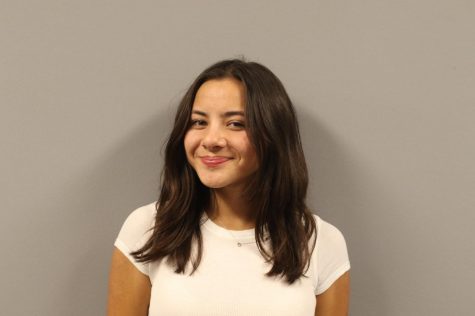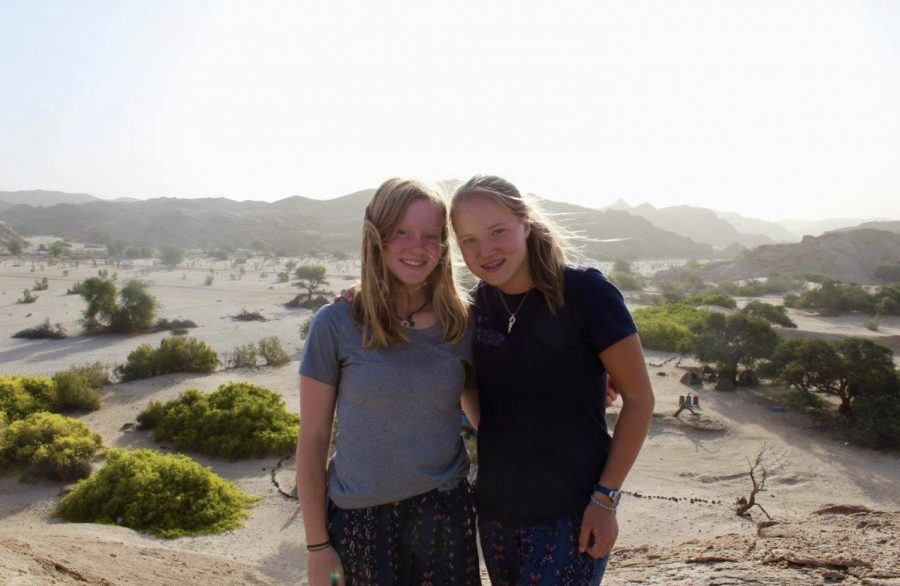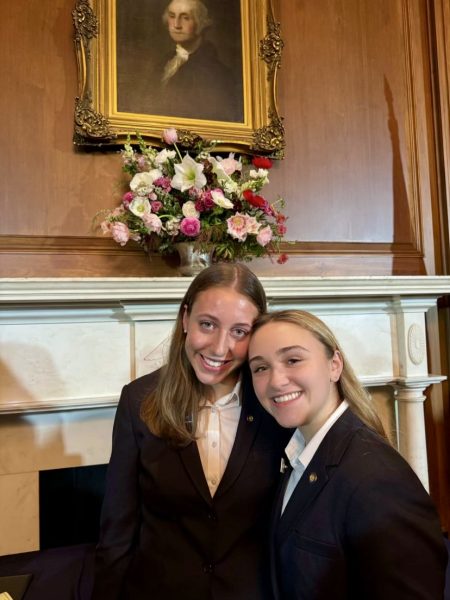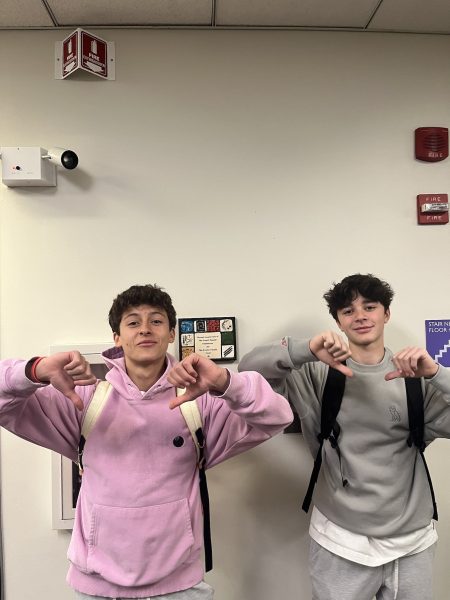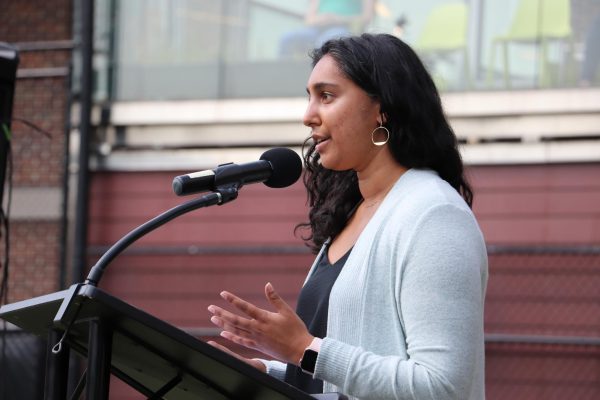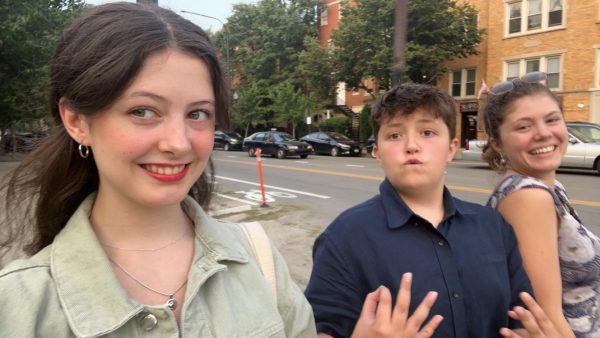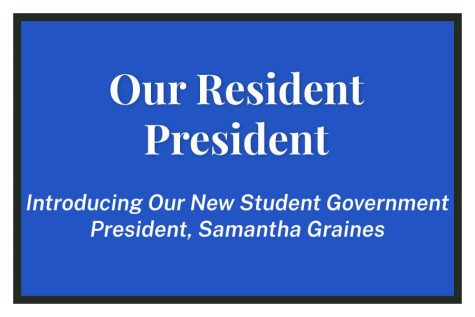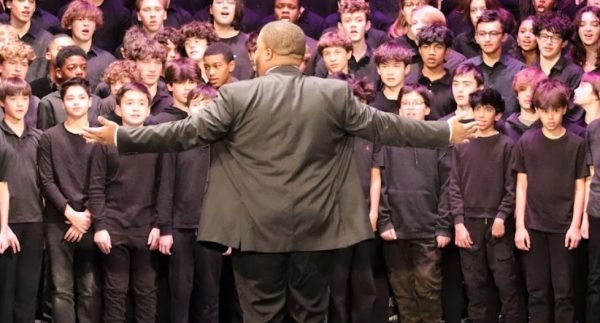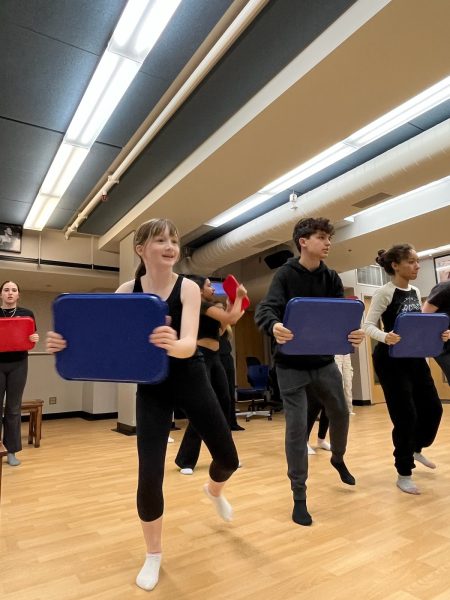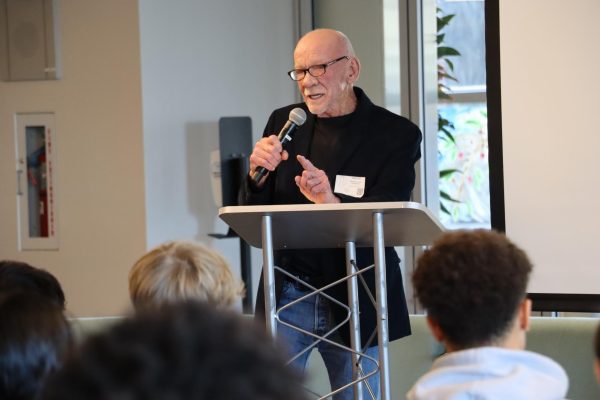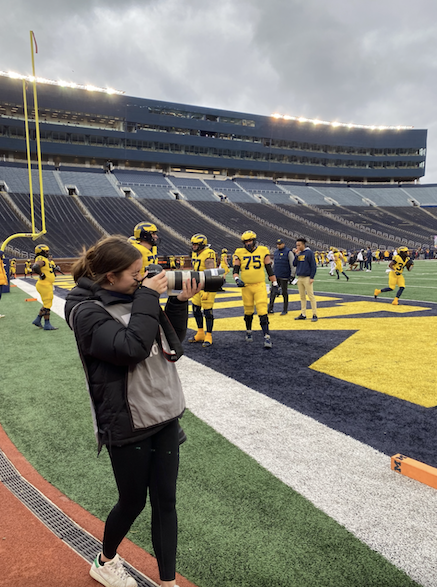37 Different Locations in Southern Africa and a Full Course Load
Junior Abby Smith returns from semester abroad
A typical day during junior Abby Smith’s semester abroad this Fall in Southern Africa was hard for her to describe. Generally, Smith, thirteen other students, and her teachers would have breakfast, go to hour-long classes for each of their subjects, attend “gym class,” –which included runs around the town. Then they enjoy what little free time they had, finish their homework, and go to bed by 9:45.
Smith took six courses: World Literature and Composition: Southern Africa, History and Politics of Southern Africa, Natural Science, Global Studies, PE and Independent Life Skills, and an independent study that included Smith staying alone in her tent studying her precalculus textbook so she could return to her class at Parker.
But each day varied, depending on the location. Smith and her classmates would live mostly in campsites, staying two to four nights at each location, and then pack up their truck to move to their next location. That ‘next location’ changed over thirty times.
“Traveling constantly was a lot at first, but we quickly got into a routine,” Smith said. “I remember it taking me and my tent–mate close to twenty minutes to set up our metal-rodded tents the first few weeks. By the end of the semester, we had setting up a campsite down to a drill and would be totally ready to go in 15 minutes.”
Smith was a part of a program called The Traveling School, which, according to their website, that “offers teenage girls ages 15-18 the opportunity to explore the world and learn about themselves through academic, physical, and cultural community.” The program offers two semesters– a fall semester that travels throughout Southern Africa, and a spring semester that travels to South America.
Smith said her cousin Sydney Steans-Gail recommend this program to her, after going to the Southern Africa semester three years ago. “TTS is transformative,” Steans-Gail said. “It expands your worldview politically, socially, and emotionally, and gives you both a tight-knit, small community and the ability to be a global citizen.”
In Livingstone, Zambia, a tourism spot for Victoria Falls, Smith and 13 other female students had their orientation, where they learned the rules and expectations of the program. They then traveled to Botswana for a little over two weeks, doing a small loop through the northern part of the country. Next they crossed the border into Namibia, spending a month and a half there, and finally they traveled to South Africa, spending another month and a half there in Cape Town, and finally in Johannesburg.
During her time with the program, she did river trips on the Zambezi, Okavango, Delta, and Orange River, and completed a five-day hiking trip in Tsitsikamma National Park. Smith and her classmates also did a week long homestay in a suburb right outside of Cape Town. They also visited the Cheetah Conservation Fund, which is the world’s leading organization in cheetah protection, where Smith was able to learn about how the organization is addressing the principal threats to cheetahs’ existence.
Smith and her classmates also stayed at the African Leadership Academy, which is a two-year high school that takes top-performing students from across the continent to improve their entrepreneurship and leadership skills, wherein Smith was able to attend a variety of their classes.
After completing a short online answer application, submitting her transcript, and doing what she referred to as a “painfully awkward,” phone interview, Smith was able to apply and get into the program. Next, she had to ensure that Parker would accept the credits, and figure out how her participation in the program would affect her school life at Parker. Finally, she received a binder full of information including everything from travel insurance information to the affidavit allowing Smith entry into South Africa.
Four teachers traveled with the girls, each teaching one or two classes. Danika Robinson, the program’s leader and Abby’s history teacher for her course on Southern African Politics, said that most teachers teach several classes, like those in global studies, independent living, and physical education.
“I love TTS’s mix of academics and experiential education,” Robinson said. “It is something that is a different structure than many other organizations, and I feel that the experiential aspect of academics make classes more exciting, and the academic aspect of the semester deepens everyone’s learning and understanding of the places we visit in important ways.”
In addition to her teachers, Smith also traveled with Soko and Samukange, their driver and cook. Smith said it was “pretty amazing to hear Soko recite the exact road conditions and time estimate for any travel day from memory.”
Smith says that her schedule now that she has returned to Parker is “a little funky.” She has been taking her math and Spanish classes since her first day back, and will take both first semester finals. Next year, she will make up for the classes she missed this semester: one semester of US history, and a full year of both American literature and physics.
“It’s obviously not an ideal setup for my senior year, but I recommend making it work if you are interested in attending The Traveling School or any other semester program more,” Smith said. “My semester has truly helped to shape my high school experience and where I want to take my future.”
